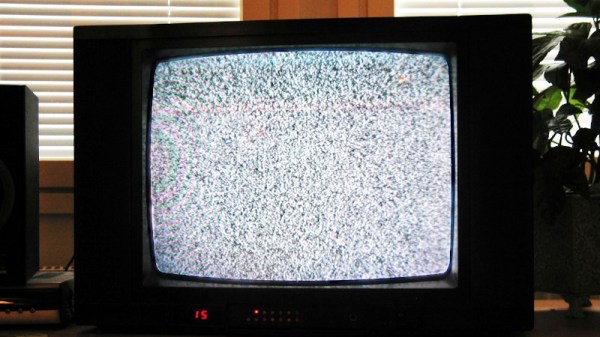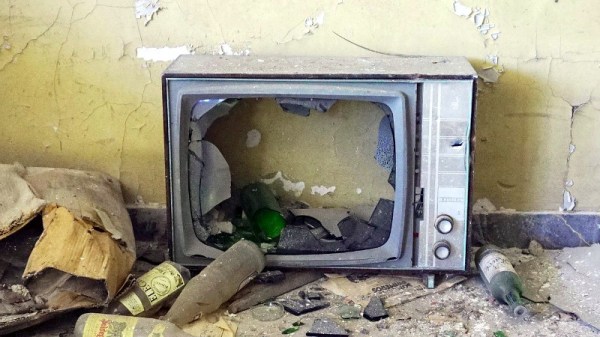A significant event in the history of technology happened yesterday, and it passed so quietly that we almost missed it. The last few remaining NTSC transmitters in the USA finally came off air, marking the end of over seven decades of continuous 525-line American analogue TV broadcasts. We’ve previously reported on the output of these channels, largely the so-called “FrankenFM” stations left over after the 2009 digital switchover whose sound carrier lay at the bottom of the FM dial as radio stations, and noted their impending demise. We’ve even reported on some of the intricacies of the NTSC system, but we’ve never taken a look at what will replace these last few FrankenFM stations.
If you are an American you may have heard of ATSC 3.0, perhaps by its marketing name of NextGen TV. Just like the DVB-T2 standard found in other parts of the world, it’s an upgrade to digital TV standards to allow for more recent video compression technologies and higher definition broadcasts. It has an interesting backwards compatibility feature absent in previous ATSC versions; there is the option of narrowing the digital bandwidth from 6 MHz to 5.5 MHz, and transmitting an analogue FM subcarrier where the old NTSC sound carrier on the same channel would have sat. Thus the FrankenFM stations have the option of upgrading to ATSC 3.0 and transmitting a digital channel package alongside their existing FM radio station. It’s reported that this switchover is happening, with one example given in the Twitter thread linked above.
The inexorable march of technology has thus given better quality TV alongside the retention of the FrankenFMs. We have to admit to being sorry to see the passing of analogue TV, it was an intricate and fascinating system that provided a testbed for plenty of experimentation back in the day. Perhaps as we see it slip over the horizon it’s worth pondering whether its digital replacement will also become an anachronism in an age of on-demand streaming TV, after all it shouldn’t have escaped most people’s attention that in 2021 the good TV content no longer comes to your screen via an antenna socket. Meanwhile we’ll keep our CRTs running, just in case we ever want to relive a 1980s night in with a VHS tape of Back To The Future.
Header image: Mysid, Public domain.














